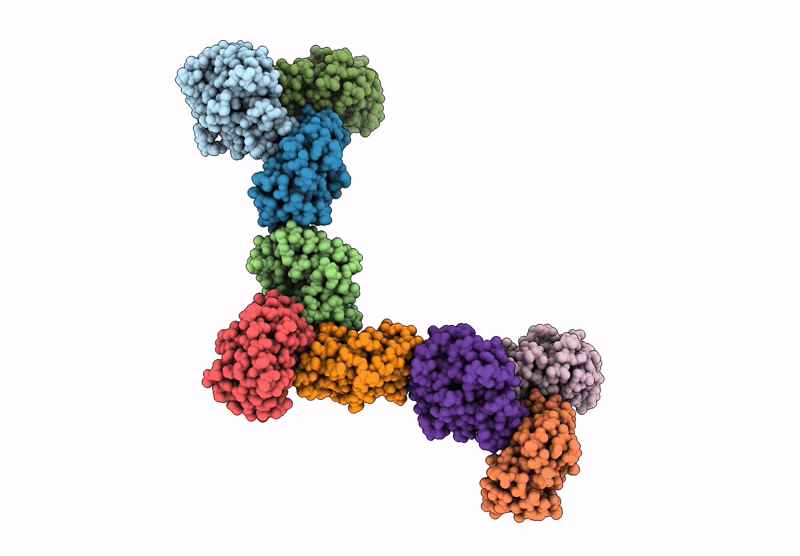
Deposition Date
2024-09-17
Release Date
2024-12-18
Last Version Date
2025-02-26
Entry Detail
PDB ID:
9DNE
Keywords:
Title:
Pseudosymmetric protein nanocage GI9-F7 (local refinement)
Biological Source:
Source Organism:
synthetic construct (Taxon ID: 32630)
Host Organism:
Method Details:
Experimental Method:
Resolution:
4.00 Å
Aggregation State:
PARTICLE
Reconstruction Method:
SINGLE PARTICLE


